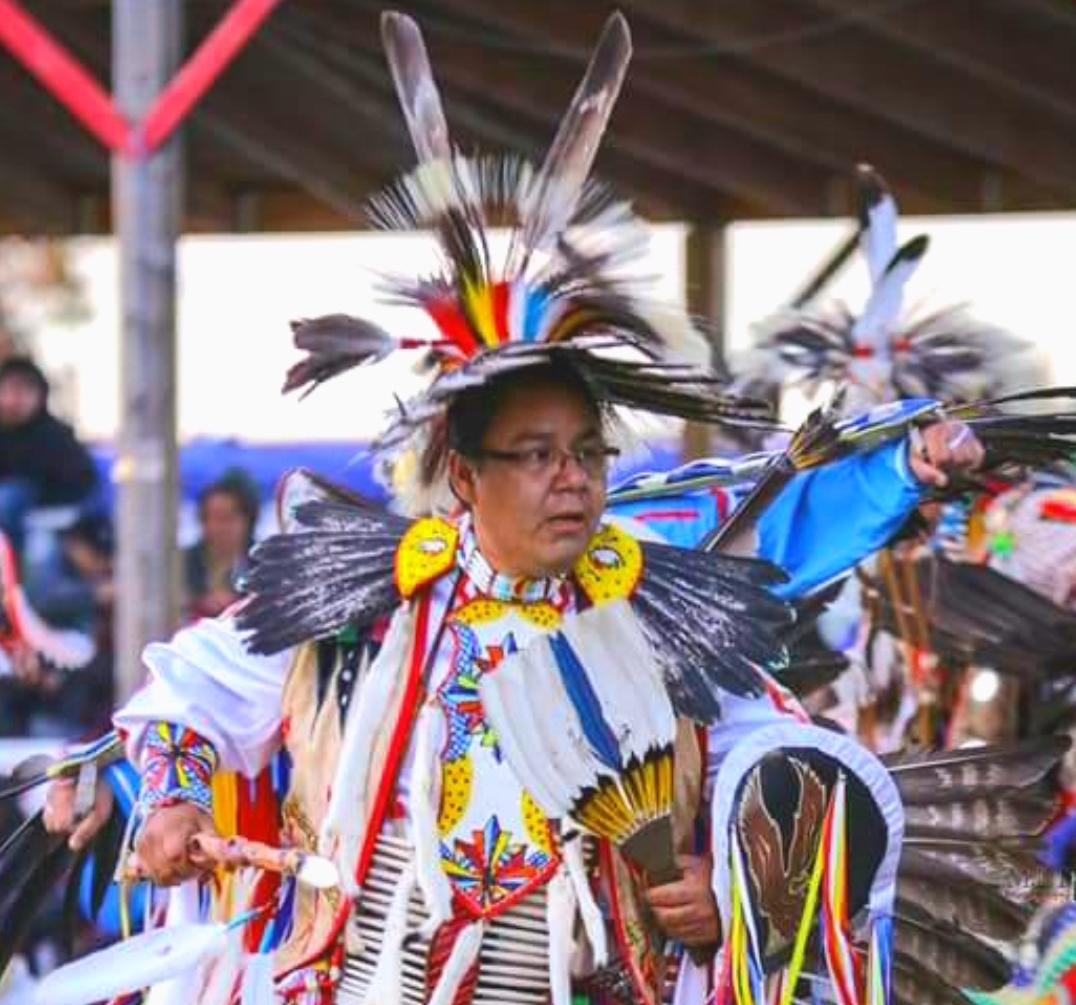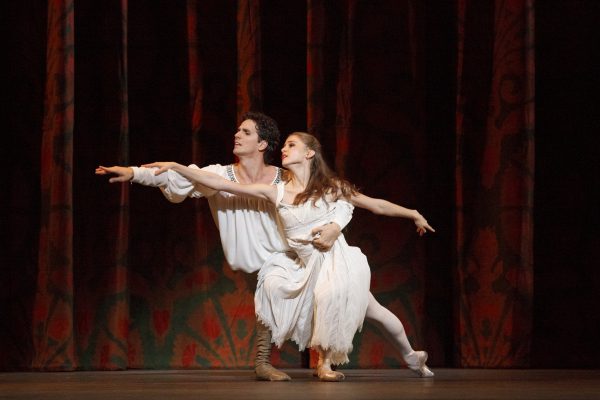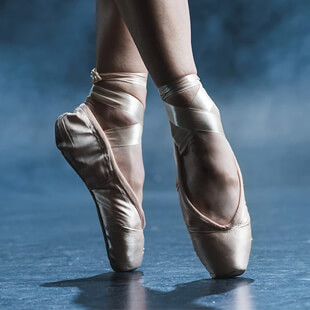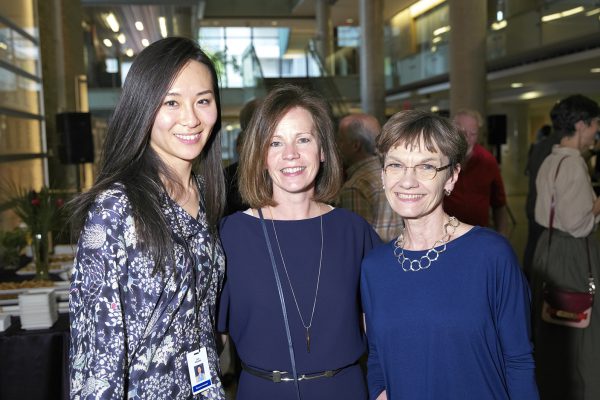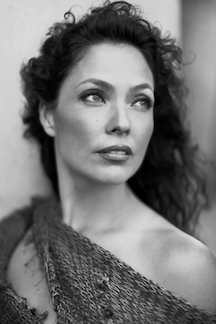This article is published through our Regional Reporter Program. We acknowledge the support of the Canada Council for the Arts through the Digital Now initiative.
The annual Little Red River Traditional Pow-Wow takes place this year from Aug. 12 to 14 at Little Red River Reserve in Saskatchewan. Organizers are welcoming visitors from across the province, Turtle Island and beyond to honour this year’s theme: “Dancing for Our Knowledge Keepers.”
In the face of oppressive systems like residential schools that sought to extinguish First Nations languages and traditions, Knowledge Keepers were “those who still hung on to our traditional practices, our ceremonies and our culture,” explains Gerald Ballantyne, the arena director of the pow-wow.
“If it wasn’t for the resistance of the First Nations people who did not lose their identity … we would have lost it all,” he says.
The Knowledge Keepers will be honoured through a smudging ceremony, an event Ballantyne describes as deeply emotional and spiritually humbling, one of the most important ceremonies of the weekend. “There is nothing like it,” he says.
Some Knowledge Keepers from the Little Red River community “have passed on into the spirit world,” says Howard Halkett, the powwow president. “We just want to remember and honour them.”
Ballantyne describes a pow-wow as being for the entire community, a public, family-based ceremony for collective enjoyment and learning.
“Everyone is welcome,” says Ballantyne. “We encourage non- Aboriginal people to come and witness the ceremonies.” He adds that pow-wows are an opportunity for visitors to learn about the ceremonies and connect with them on a deeper level. “It is very, very important when our visitors come … that they sit and listen and really take it all in.”
Ballantyne also describes an event like this one as “a blessing ceremony” for the hosting community. “We look forward to all the people coming in, to come and pray for us,” he says. “Every community deals with hardship.”
Pow-wow dancers range in age from tots to Elders. During the events, participants and visitors will experience traditional First Nations ceremonies, dances, regalia, singing and drumming.
“The drum will literally wake up the spirit,” says Ballantyne. “People who’ve experienced that will never forget.”
“The drumbeat resonates the heartbeat of a mother.… When we’re in our mothers’ bellies, that’s what we hear constantly … our mother’s heartbeat,” says Halkett. “When we hear the drum again, it’s an amazing feeling.”
This pow-wow involves several types of dance including Women’s Traditional, Women’s Jingle, Women’s Fancy, Men’s Traditional, Men’s Chicken, Men’s Grass and Men’s Fancy. Some categories are competitive and include prizes.
Regalia is an important feature of the traditional dances and a visual representation of each dancer’s story. “If you’ve been doing this long enough, you’ll be able to identify which community [the dancers] come from just by the story of their beadwork, their sewing, their style,” says Ballantyne.
“Every dancer has their own story,” he elaborates. “The person will need to identify who he or she is, where they come from, their family’s background and lineage and, more so, their representation of themselves when they come out into this world,” says Ballantyne. He himself has a history of Traditional and Grass dancing.
The pow-wow also aims to acknowledge and remember missing and murdered Indigenous women and girls with a dance called the Red Dress Special, in which dancers from the Women’s Traditional, Jingle and Fancy categories will dance in red regalia. The special is organized by the Prince Albert Grand Council Women’s Commission.
“A lot of the dancers are dancing for healing,” says Halkett. “That’s what we’re hoping for: healing … from sickness to addiction … wellness for the whole community and for the visitors also.”
Tagged:
